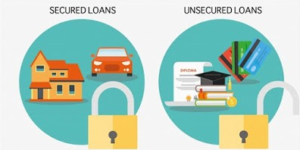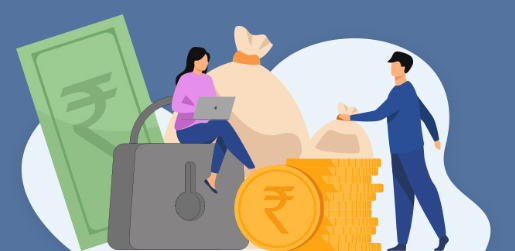Secured vs unsecured loans: the difference
Taking out a loan is a significant financial commitment, so choosing the right product for your circumstances is essential. Two popular products are secured and unsecured loans. Read on to learn how they differ, and which one is best for you.

You can read more about these types of loans at Investopedia. . If you have any queries about loan agreements, get in touch with a specialist such as parachutelaw.co.uk/loan-agreement for information and advice.
Secured Loans
With this kind of loan, the lender gets a financial guarantee from the borrower in the form of collateral which could be property owned by the borrower or some other asset with fiscal value. This means that should the borrower be unable to repay their loan amount, the lender can still recoup their funds by acquiring the collateral “secured” upon the loan.
One key benefit of this kind of loan is that the interest rates are usually lower than for unsecured loans, as the level of risk is lower for the lender. A secured loan can often be taken out for larger sums of money than an unsecured loan, making it a great option for big projects such as a home extension.

Unsecured Loans
By contrast, unsecured loans are not secured on any assets owned by the borrower. However, this means that the lender will want to see evidence of good creditworthiness as well as the proven ability to be able to afford the repayments. This makes having a good credit rating and income level very useful in applying for an unsecured loan.
Interest rates will likely always be higher than for a secured loan. Nonetheless, unsecured loans can be a good solution for covering unexpected expenses, such as car repairs, or smaller purchases such as white goods.


